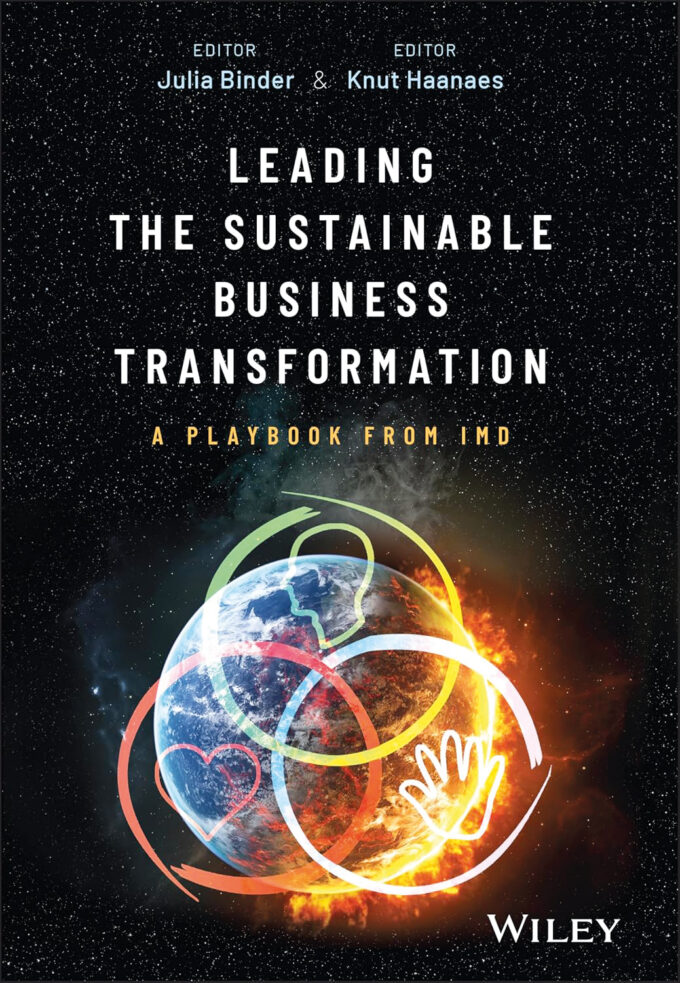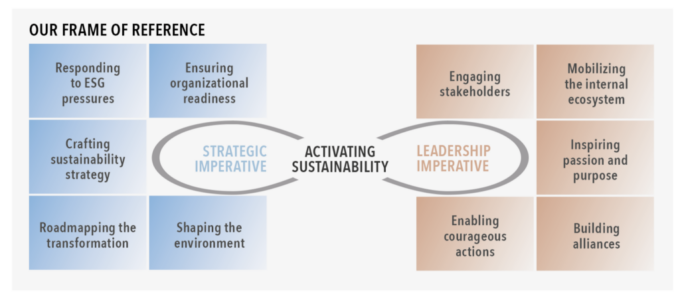A compelling example comes from the Brazilian energy company Eneva, which transitioned from external engineers to hiring locally in the Amazon. This decision reduced costs, strengthened community ties, and fostered local development. As Robert Hooijberg observed in his analysis of Eneva’s approach, this shift went beyond operational benefits – it helped the company adopt a more sustainable mindset, embedding shared value creation into its business practices. By prioritizing local engagement and collaboration, Eneva demonstrated how inclusivity and empowerment can drive change within the organization and the community.
2. Leading systems by building ecosystem partnerships
No organization can achieve sustainability in isolation. The complexity of global challenges like climate change, resource depletion, and social inequality requires collaboration across industries, sectors, and geographies. Leaders must build ecosystems that unite diverse stakeholders, from suppliers and customers to governments and NGOs. Building these ecosystem partnerships is not only a prerequisite for successfully transforming toward sustainability but also a source of competitive advantage and long-term value, as Mark Greeven and Howard Yu point out.
Take AI and digital transformation. Didier Bonnet and Michael Wade explain that it is mindset more than any technological imperative for embracing digital that will drive sustainability impact. That is a true leadership opportunity. Oyku Isik and Jose Parra Moyano argue that AI can drive sustainability performance if leaders embrace future opportunities instead of reinforcing pre-existing, unsustainable practices.
Peter Bakker, President of the World Business Council for Sustainable Development, has championed the role of ecosystem partnerships in driving systemic change. Under his leadership, WBCSD has brought together corporations to address challenges from carbon reduction to circular economy practices.
Effective ecosystem leadership goes beyond forming alliances – it involves creating adaptive networks that can respond to evolving challenges and become engines of transformation. For example, Wärtsilä’s Sustainable Technology Hub is a platform where academia, industry, and policymakers collaborate to innovate decarbonization solutions.
3. Talking the walk: communicating change
As well as taking decisive action, leaders must “talk the walk” – crafting narratives that inspire alignment and engagement among all stakeholders. Without clear, compelling communication, even the most ambitious initiatives can fail to gain the buy-in needed.
As Heather Cairns-Lee explains, effective communication involves storytelling that connects sustainability to the organization’s mission and values, not just sharing progress reports or setting public sustainability targets. Logitech’s Carbon as a Calorie initiative, led by Prakash Arunkundrum, illustrates the power of a well-crafted narrative. By equating carbon emissions to the calorie count on food labels, Logitech made the abstract concept of carbon footprints relatable and actionable for consumers. This metaphor empowered customers to make informed decisions, aligning their purchasing behaviors with sustainability goals while reinforcing Logitech’s commitment to transparency and environmental responsibility.
Skepticism or resistance must also be addressed. Leaders should engage in dialogue, demonstrate the business case for sustainability, and make the benefits relatable. By crafting authentic, inspiring, and actionable narratives, leaders can foster trust, build alignment, and ensure that sustainability becomes an integral part of their organization’s identity.


 Audio available
Audio available






